Fundamentals of Economics: Demand, Supply, and Market Equilibrium
VerifiedAdded on 2021/05/19
|21
|1157
|473
Homework Assignment
AI Summary
This document provides a detailed explanation of the economic concepts of demand and supply. It begins by defining demand, its characteristics, and the factors influencing it, including willingness and ability to pay, price, and time. The document differentiates between individual and market demand, and outlines various types of demand such as price, income, and cross demand. It presents demand schedules and curves, illustrating the relationship between price and quantity demanded, and explains the law of demand. The document also covers the concept of supply, defining it as the quantity of a commodity sellers are willing to offer at different prices. It differentiates between supply and stock, and explains the law of supply. The document further explains supply functions and curves, and discusses price determination using tabular and graphical approaches, demonstrating market equilibrium. Finally, the document explains the market model and price determination, including short-run, intermediate-run, and long-run scenarios.
1 out of 21
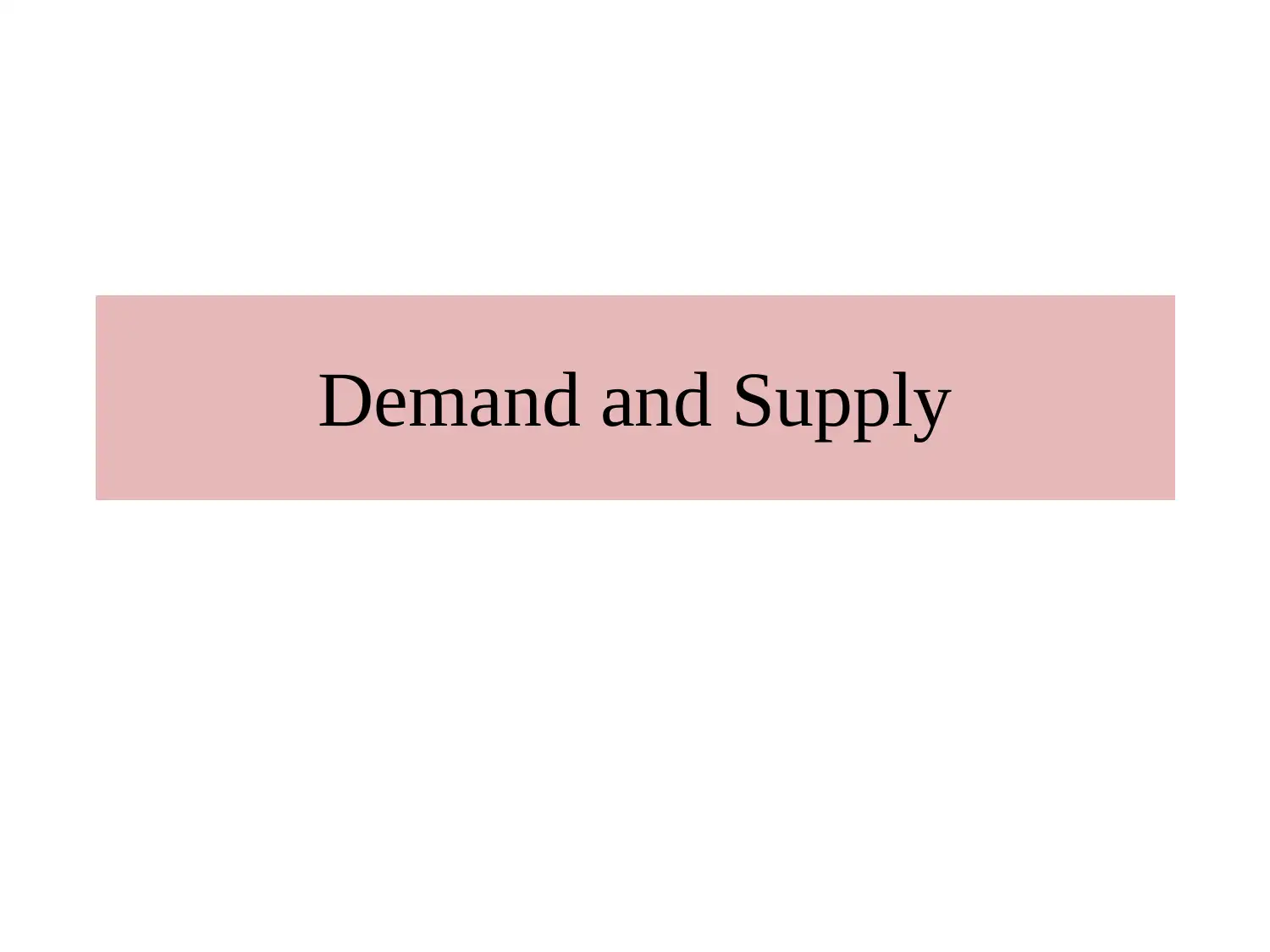
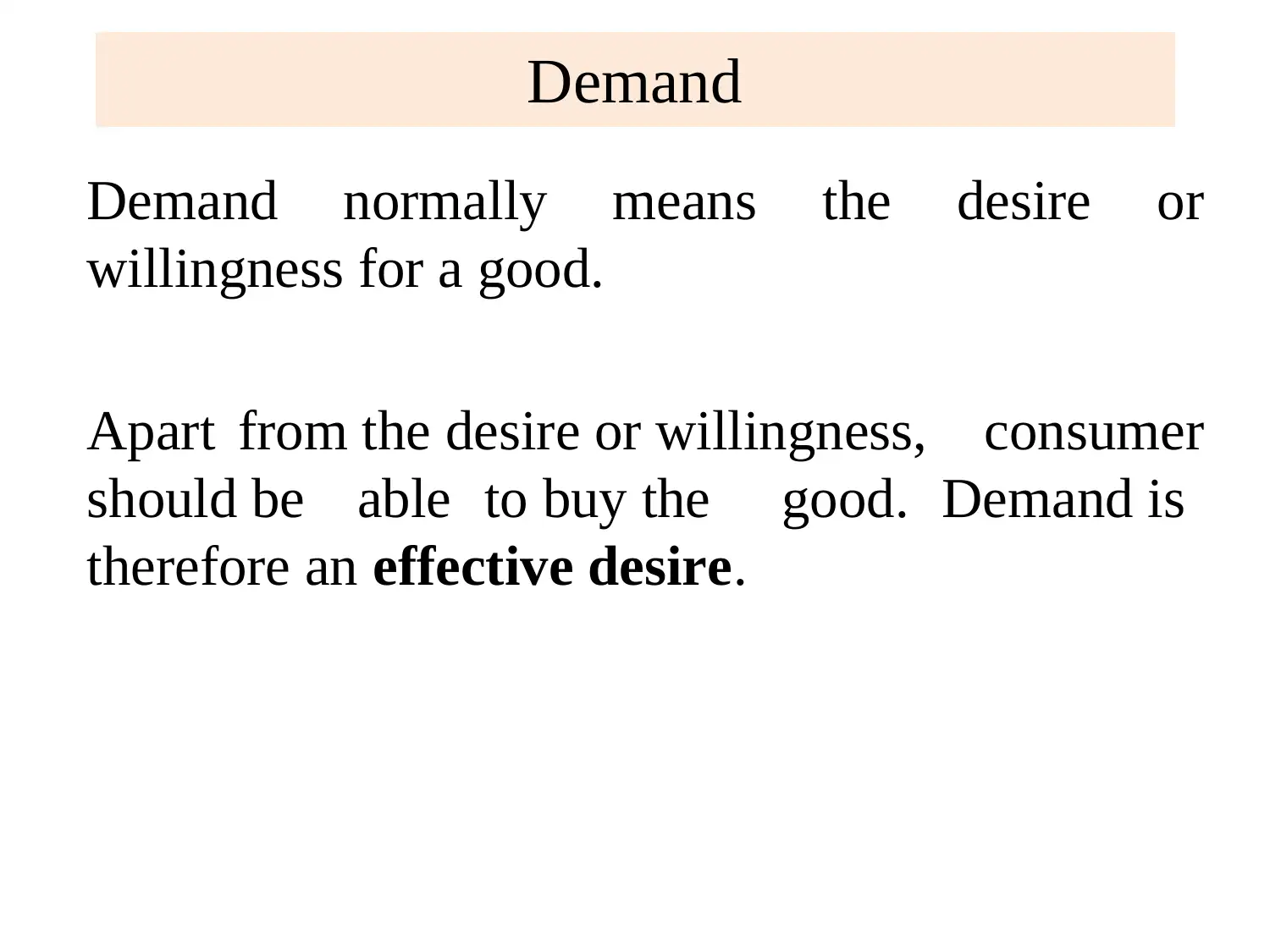
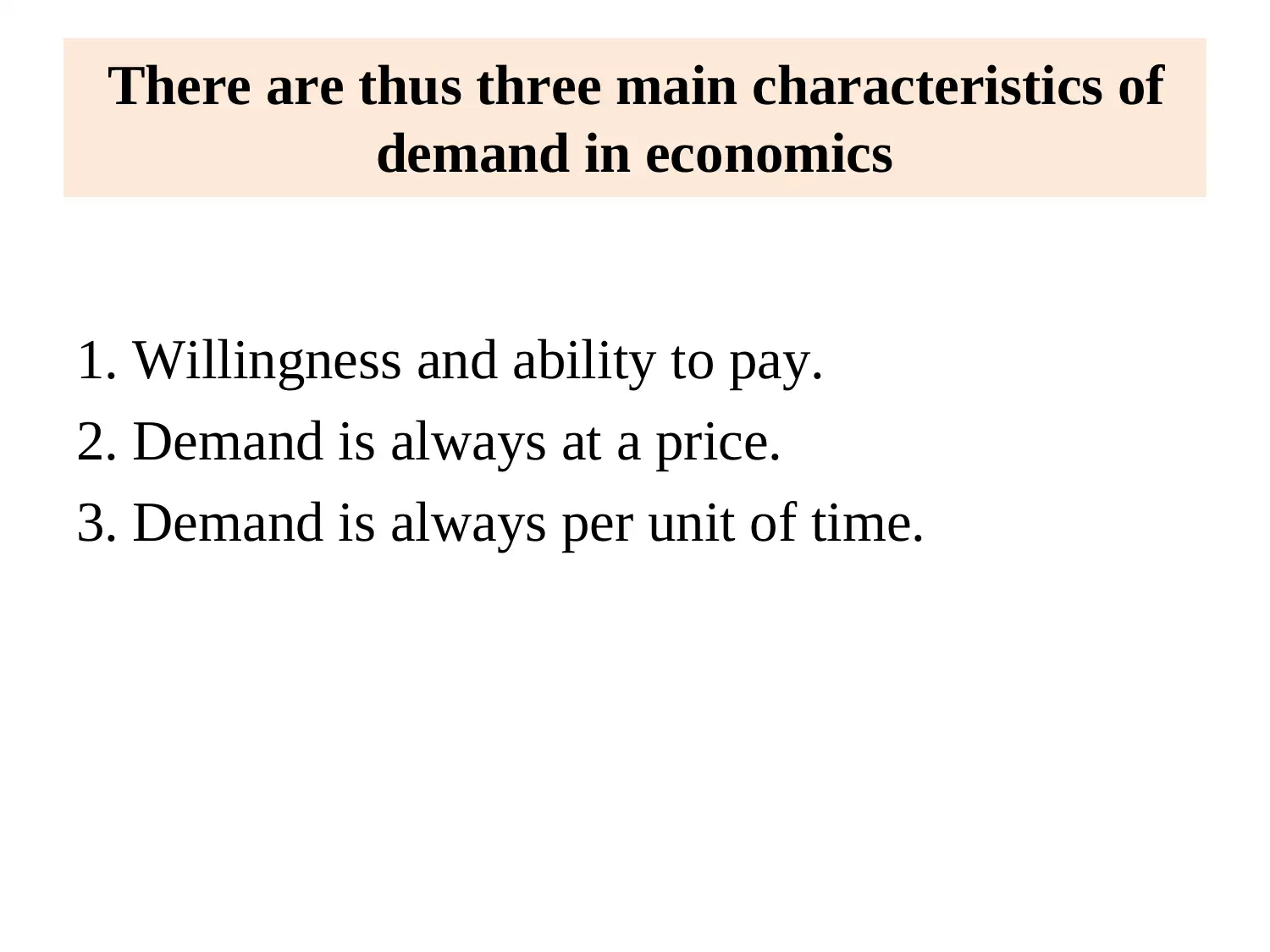

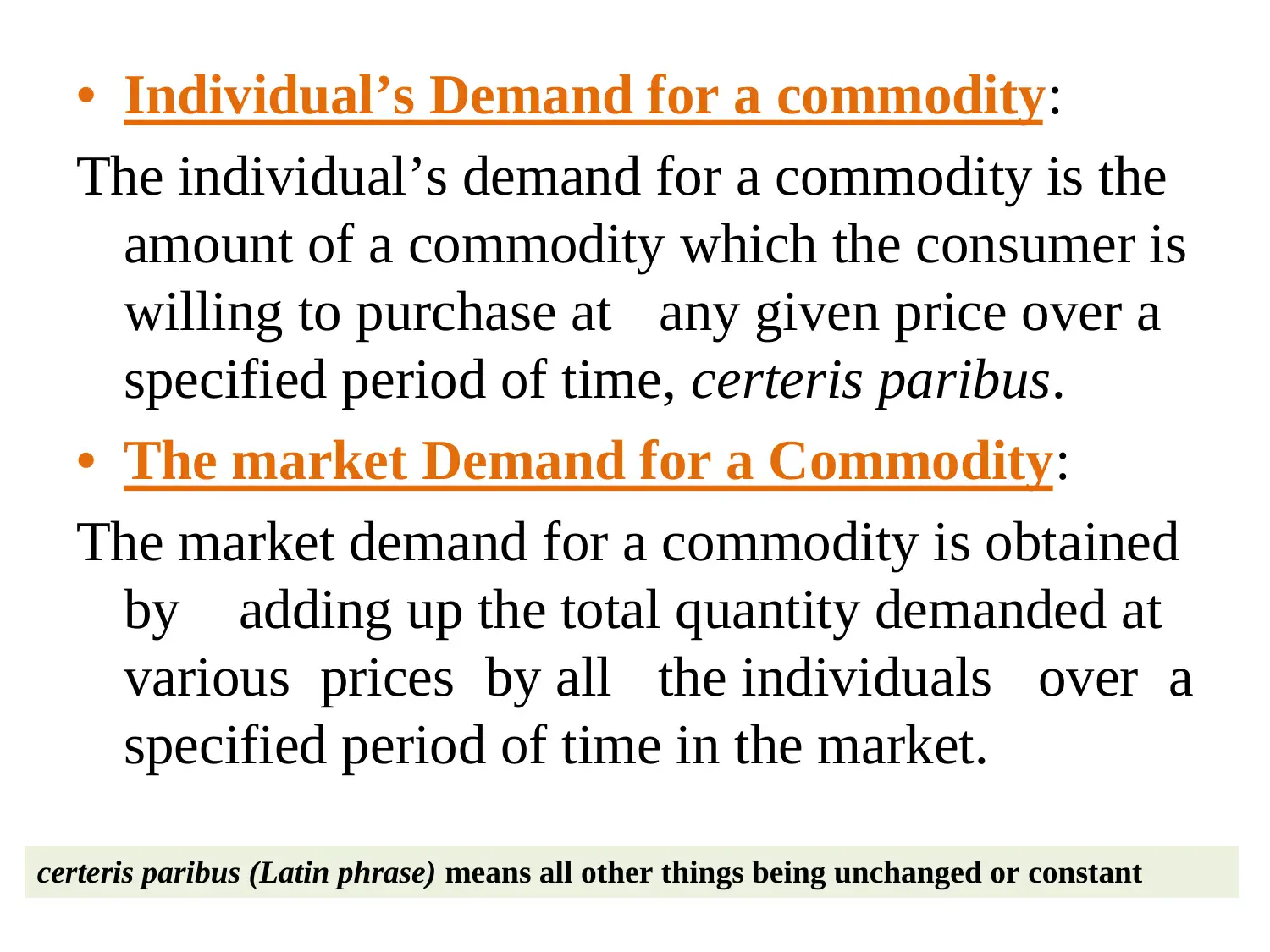
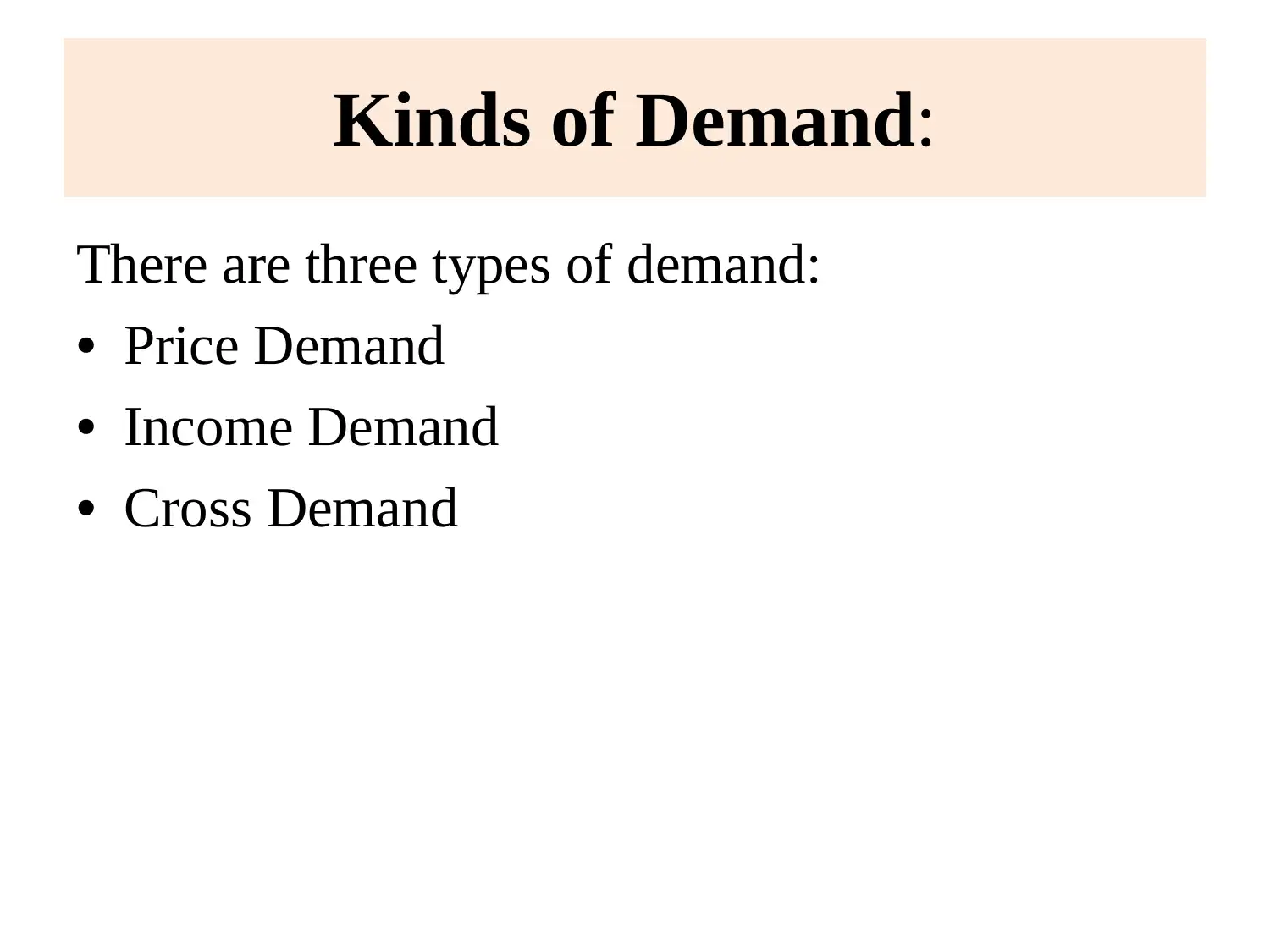
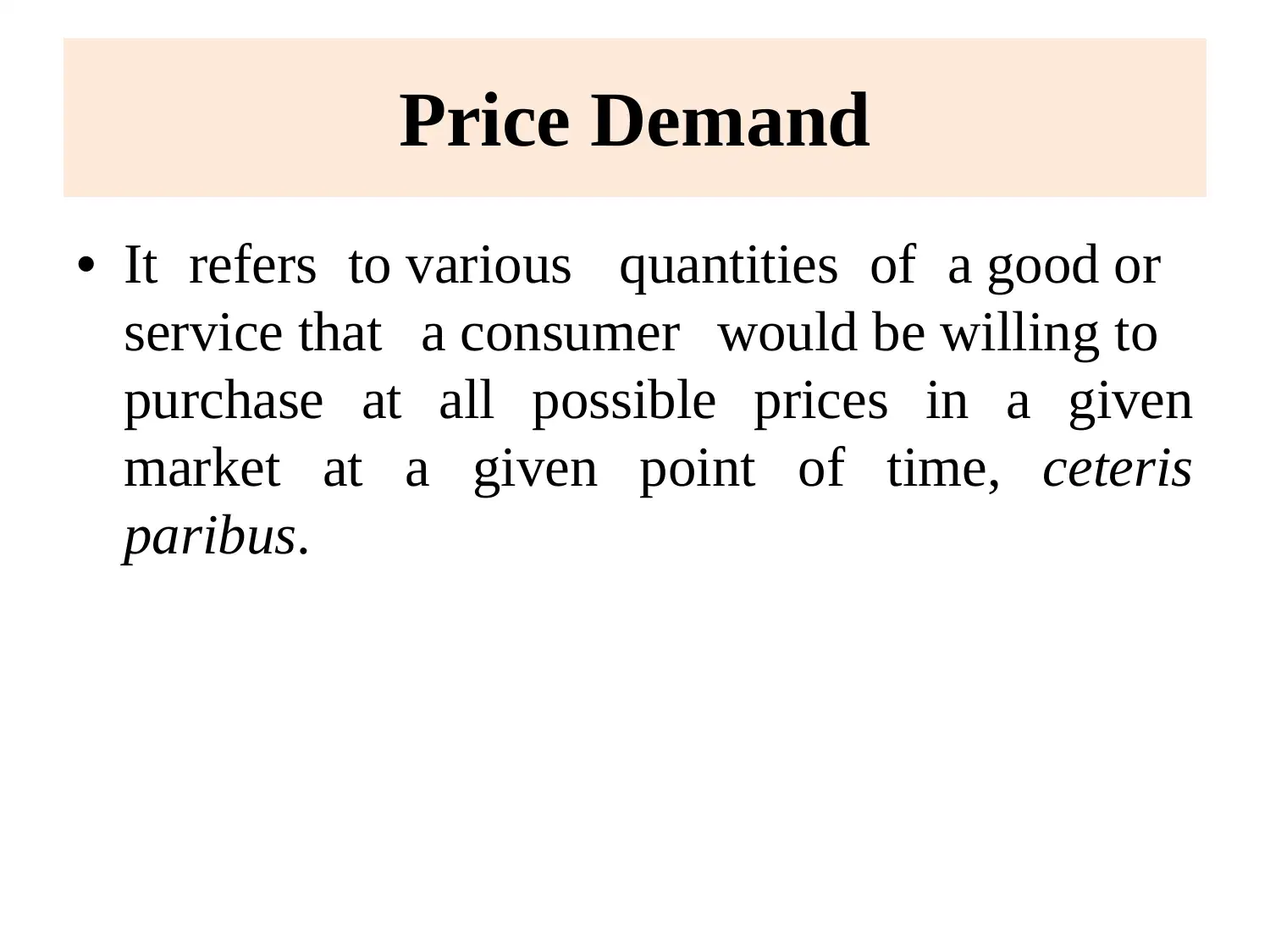
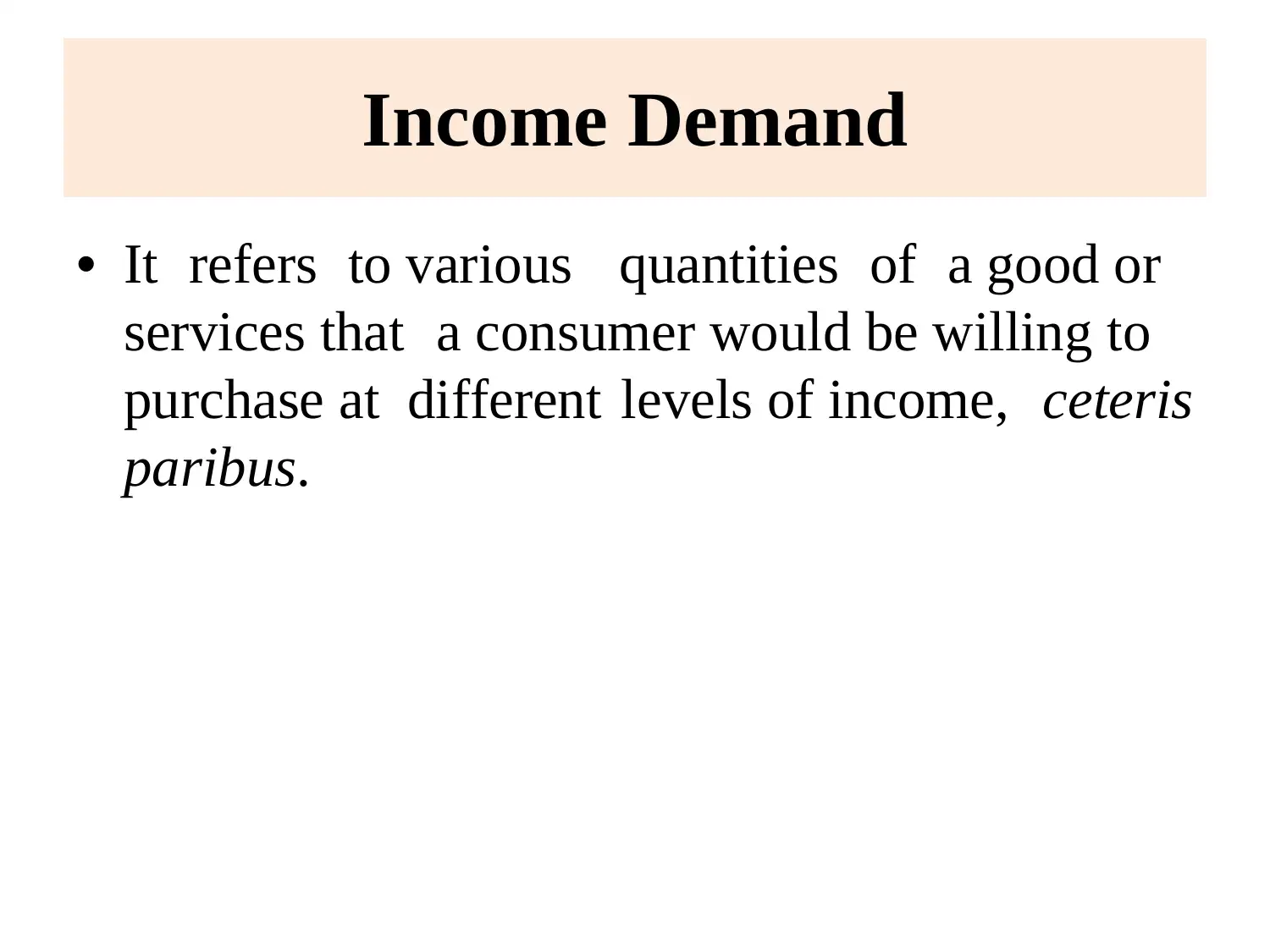
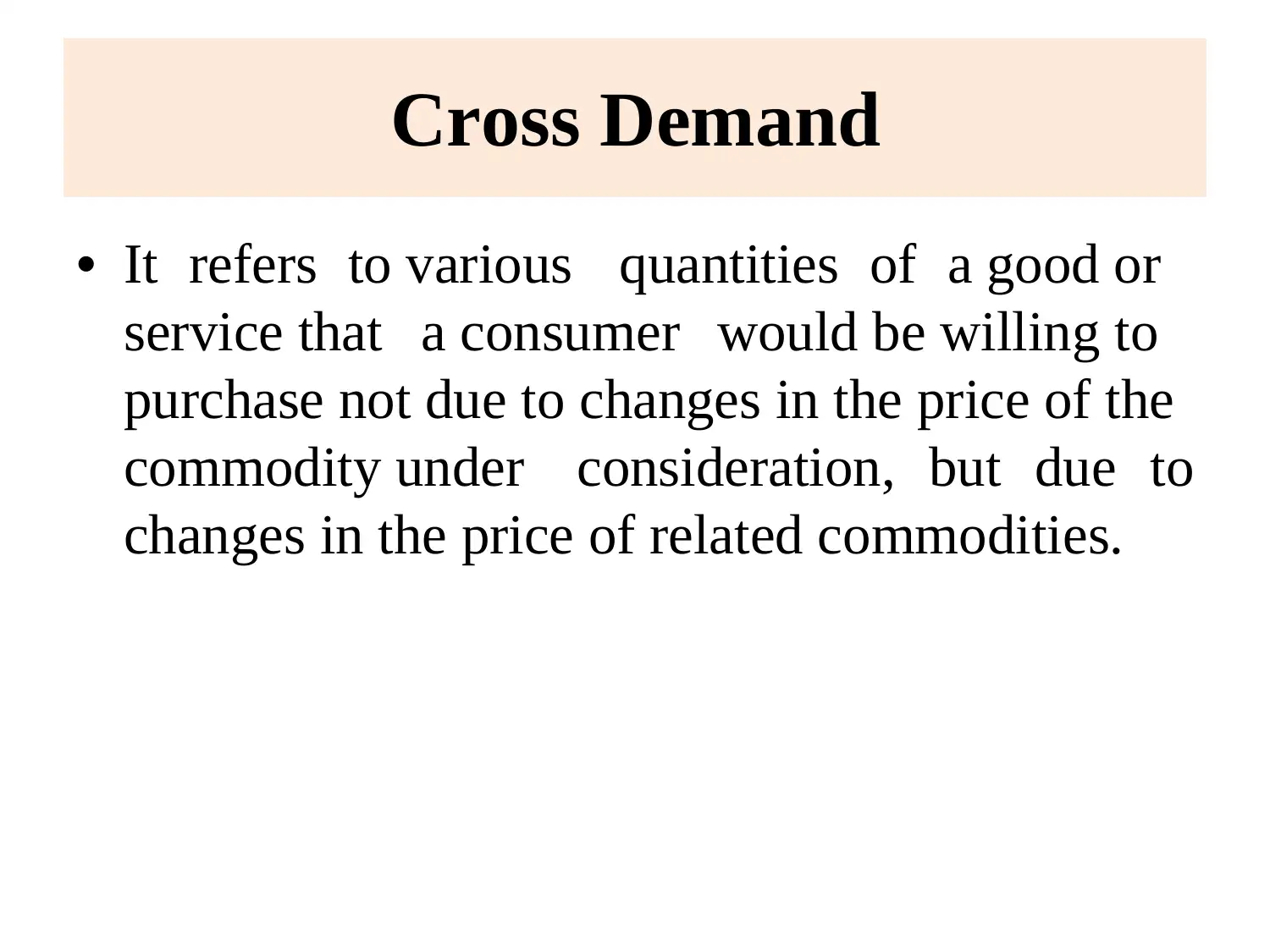
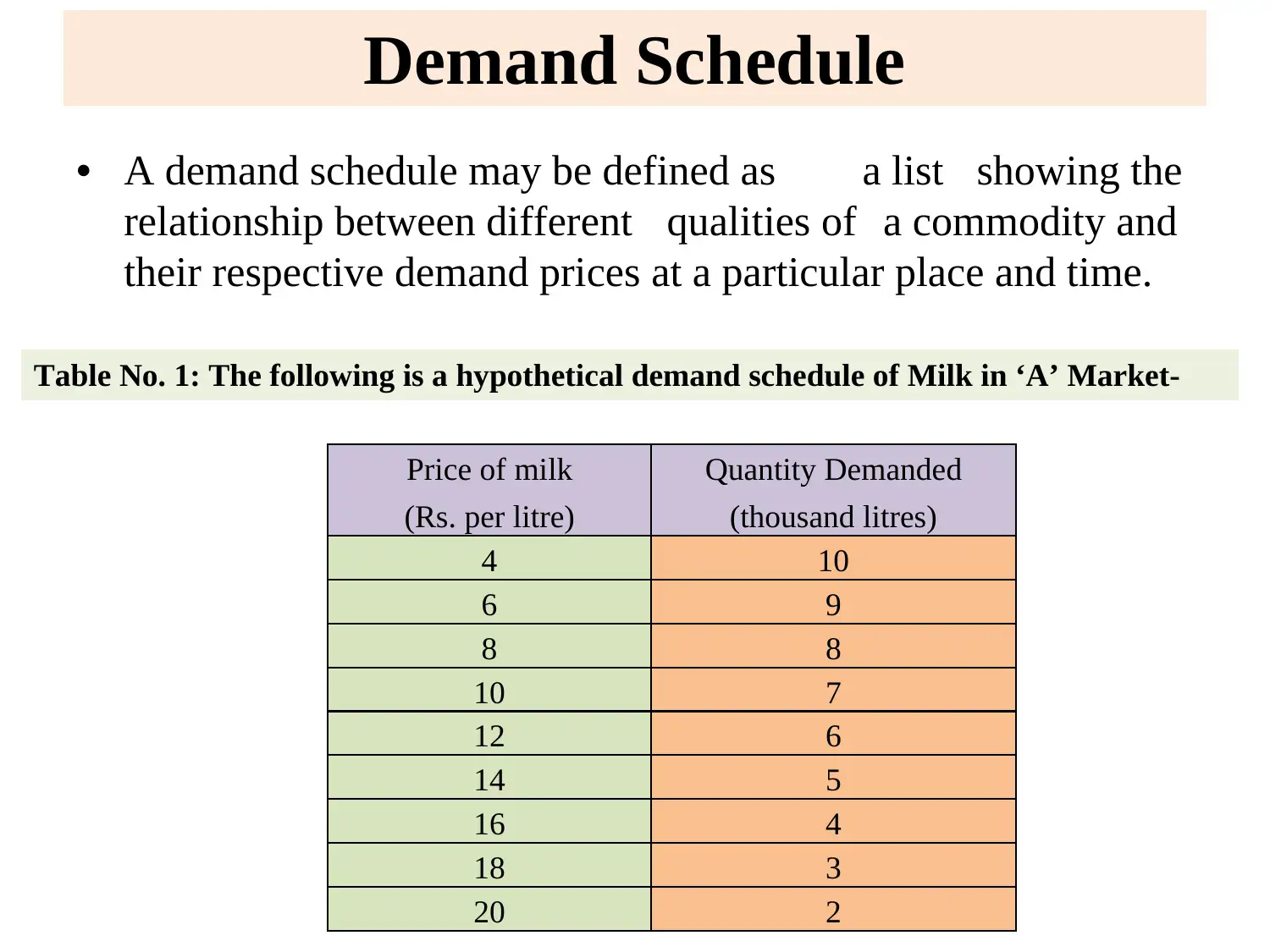
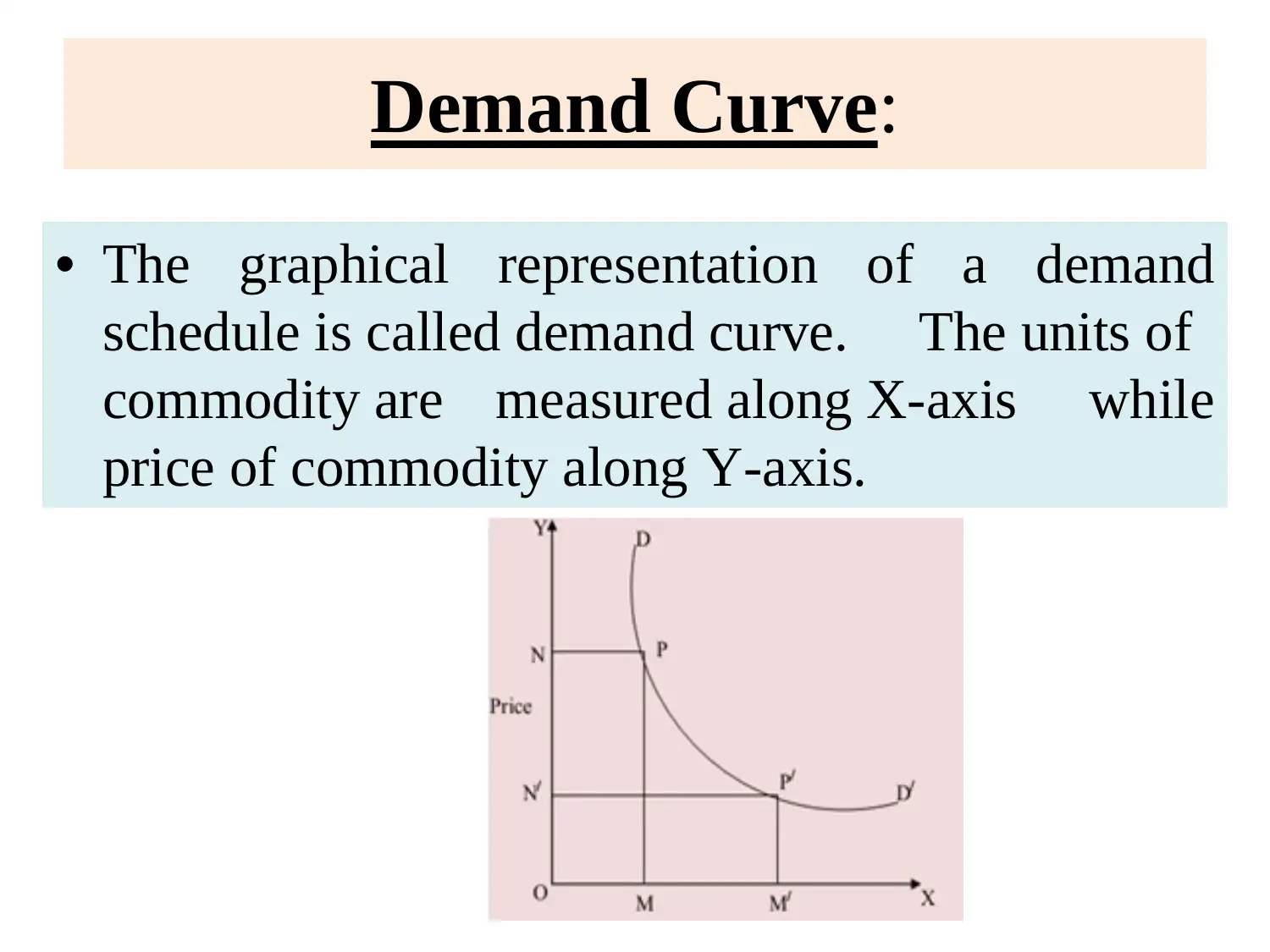
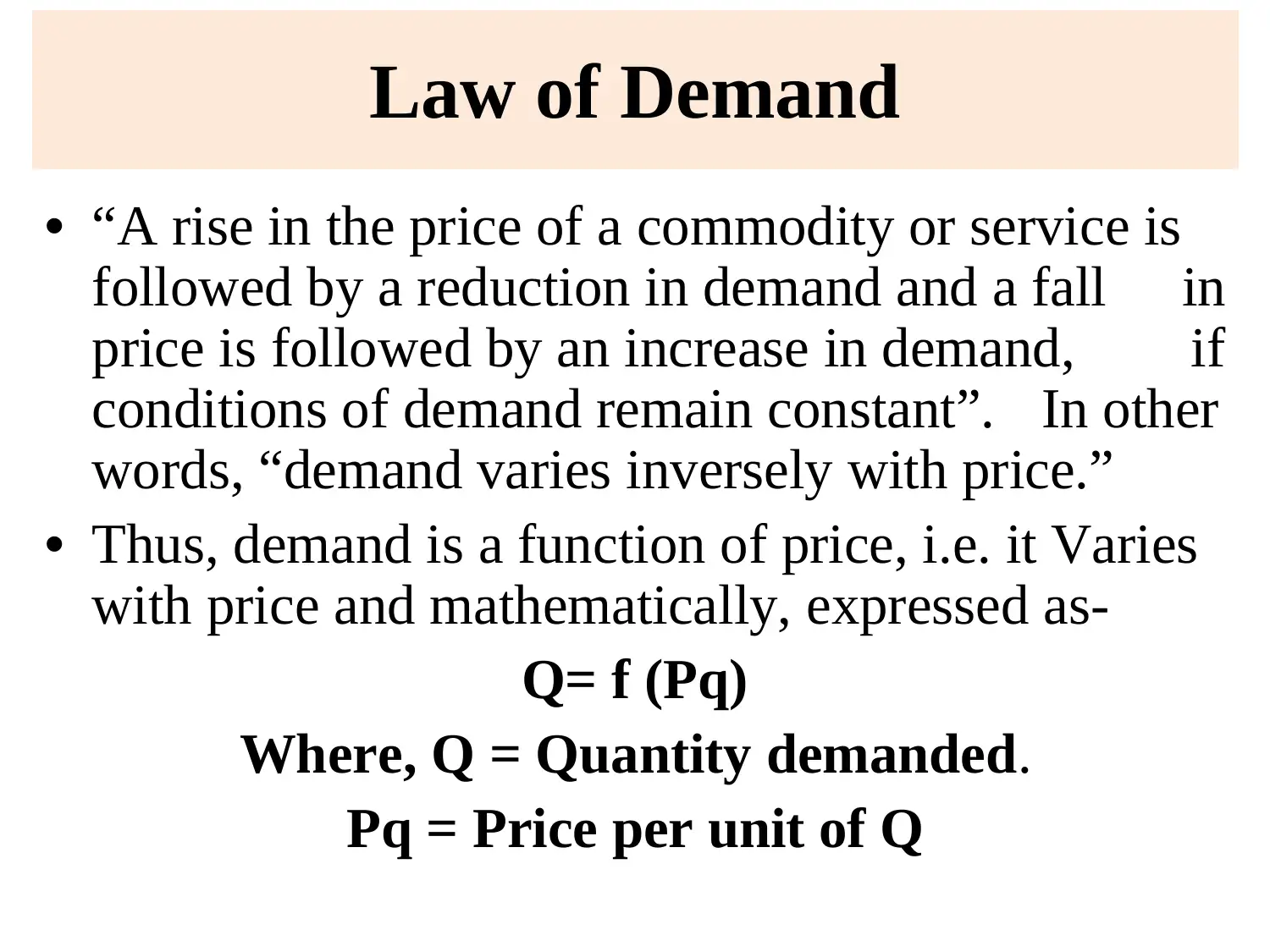
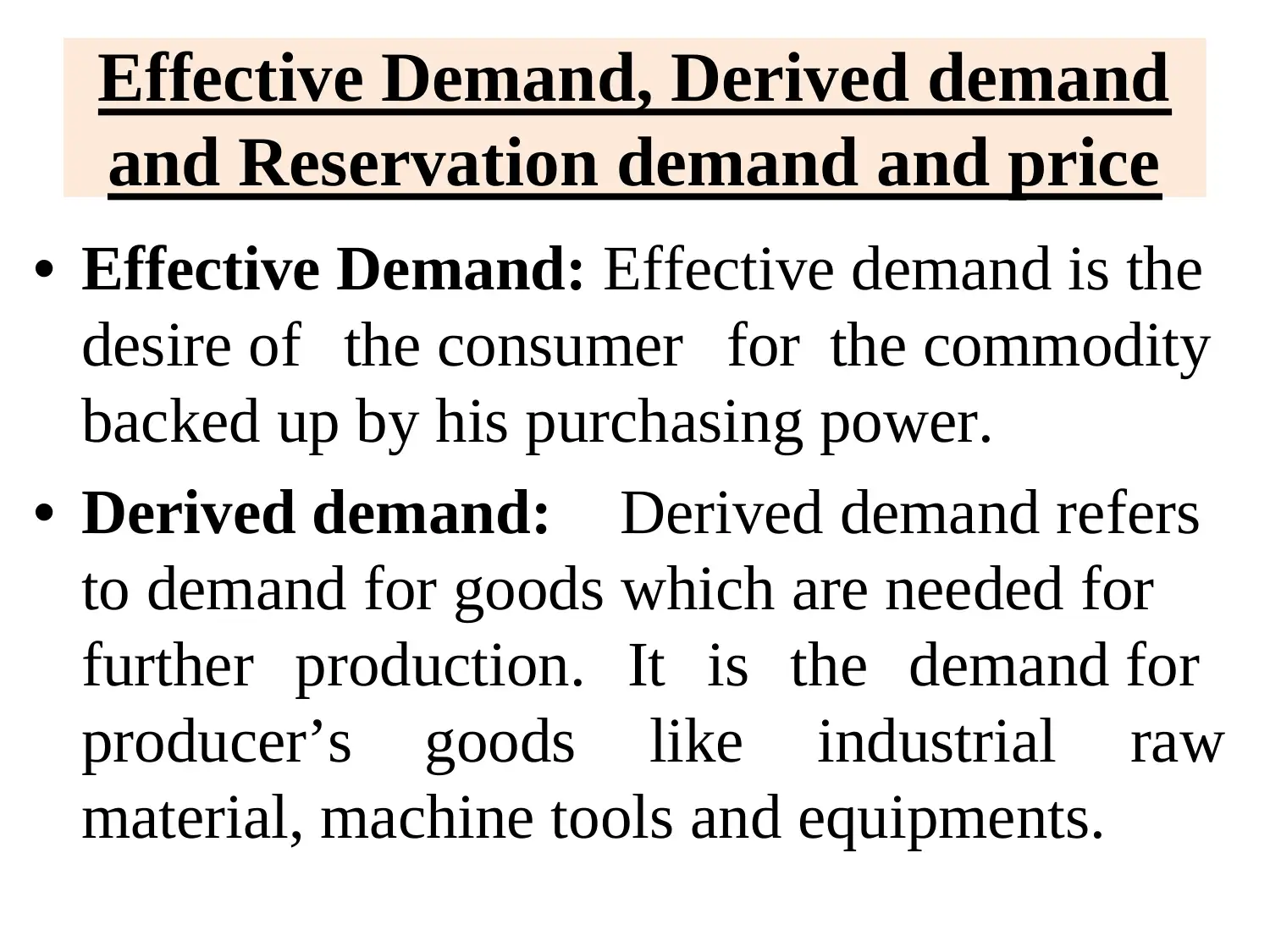






![[object Object]](/_next/static/media/star-bottom.7253800d.svg)